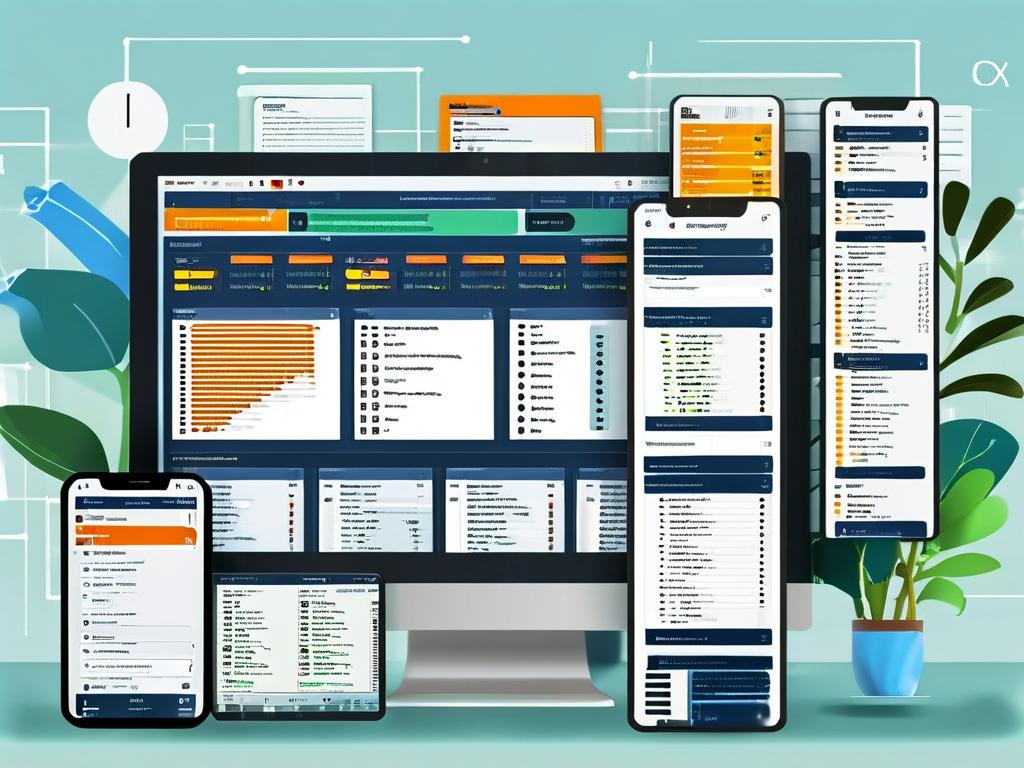In the modern software development landscape, implementing robust web automation testing deployment has become a critical component for ensuring product quality and accelerating release cycles. This article explores practical approaches to streamline testing workflows while addressing common challenges in maintaining scalable test environments.

The foundation of successful web automation testing lies in selecting appropriate tools. Frameworks like Selenium, Cypress, and Playwright dominate the market, each offering unique advantages. For cross-browser testing, Selenium remains a top choice due to its compatibility with multiple programming languages. Consider this basic test script example:
from selenium import webdriver
def test_login():
driver = webdriver.Chrome()
driver.get("https://example.com/login")
driver.find_element_by_id("username").send_keys("test_user")
driver.find_element_by_id("password").send_keys("secure_pass")
driver.find_element_by_css_selector(".login-btn").click()
assert "Dashboard" in driver.title
driver.quit()
Deployment strategies must account for infrastructure scalability. Containerization using Docker paired with Kubernetes orchestration enables efficient parallel test execution. Cloud-based solutions like BrowserStack or Sauce Labs further eliminate local environment constraints, though hybrid approaches often yield optimal cost-performance ratios.
Continuous Integration (CI) pipelines demand special attention. Integrating automated tests with Jenkins or GitHub Actions requires careful job configuration to prevent resource contention. A typical CI configuration might include staged testing:
# GitHub Actions snippet
jobs:
test-suite:
runs-on: ubuntu-latest
steps:
- name: Run smoke tests
run: pytest tests/smoke/ --browser=firefox
- name: Run regression tests
if: always()
run: pytest tests/regression/ --parallel=4
Maintenance challenges often stem from dynamic web elements. Implementing intelligent wait mechanisms and CSS/XPath optimization reduces flaky tests. Regular test suite audits—removing obsolete cases and updating selectors—should be scheduled biweekly to maintain efficiency.
Security considerations frequently get overlooked in test deployment. Ensure credential management through environment variables or encrypted vaults rather than hardcoding sensitive data. Role-based access control (RBAC) becomes essential when multiple teams share testing infrastructure.
Performance metrics tracking completes the deployment lifecycle. Monitor test execution times, failure patterns, and environment stability using tools like Grafana or ELK Stack. Teams that analyze these metrics typically achieve 30-40% faster debugging cycles compared to those relying solely on basic reports.
Emerging trends show increasing adoption of AI-powered test maintenance tools. Solutions like Testim.io leverage machine learning to auto-heal broken locators, though human validation remains crucial to prevent false positives.
Ultimately, successful web automation testing deployment balances technical implementation with team collaboration. Establishing clear documentation standards and conducting regular knowledge-sharing sessions ensures sustainability as projects scale. By adopting these strategies, organizations can transform their testing processes from bottlenecks into competitive advantages while maintaining software excellence.



